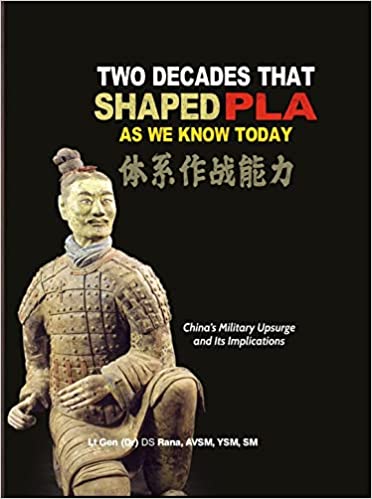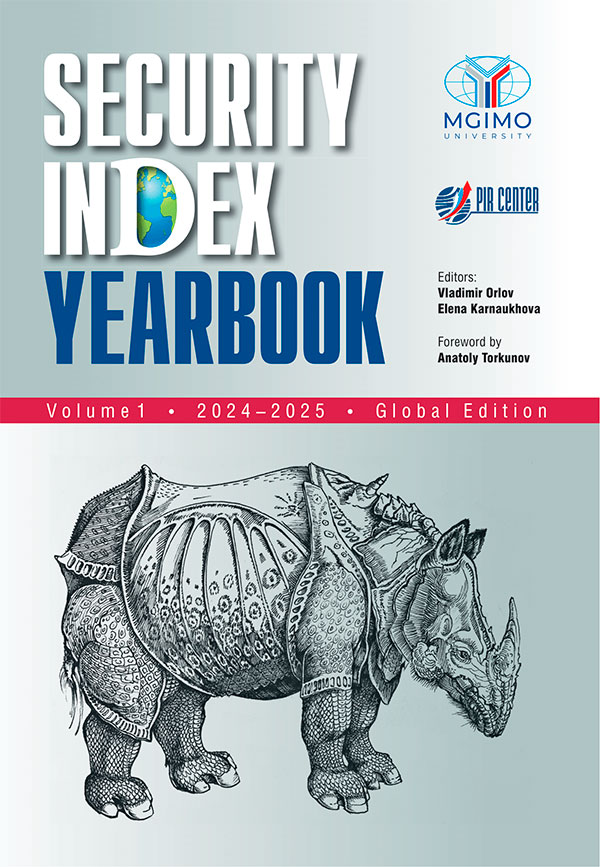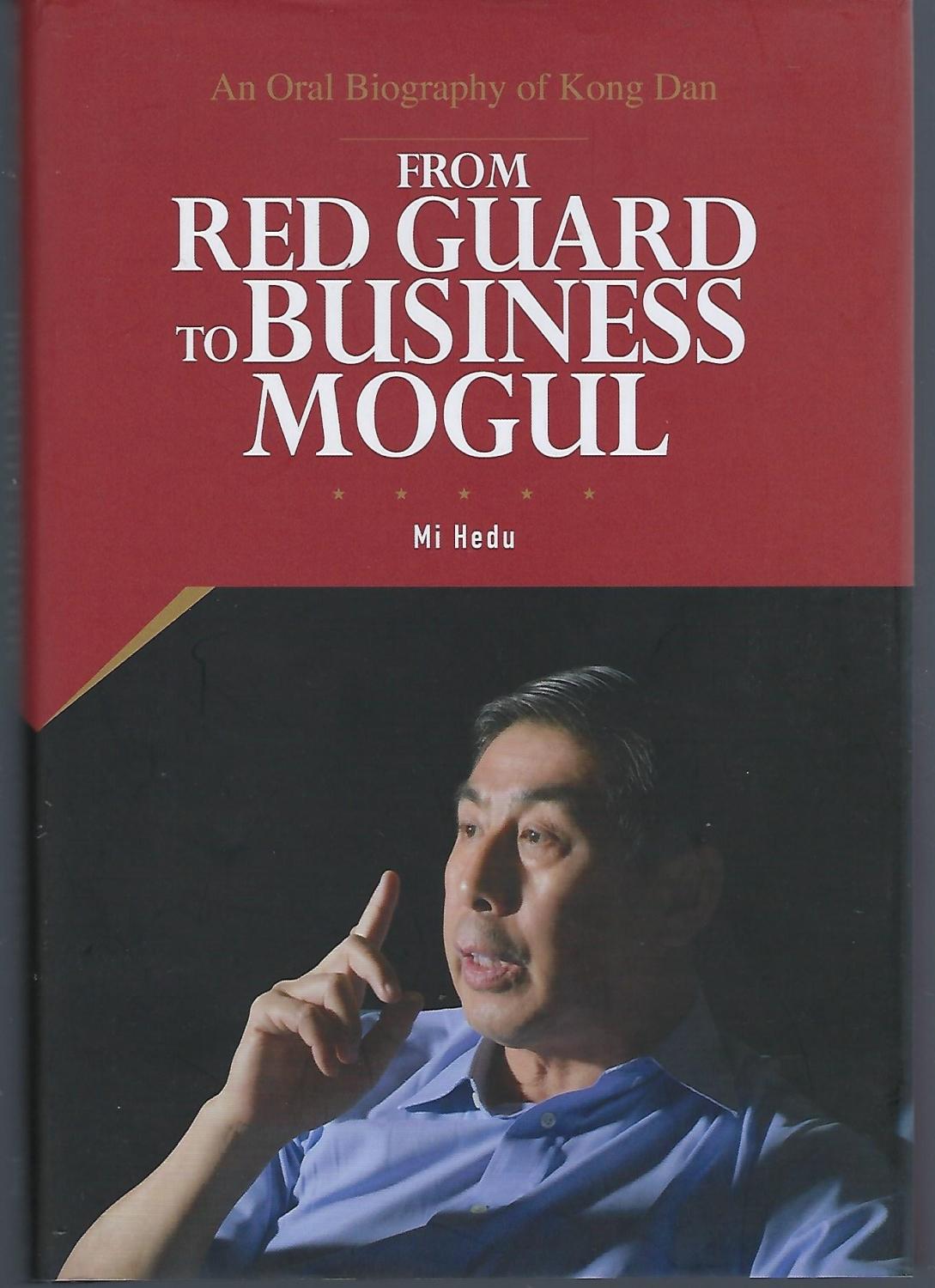... in advance in the political kitchen and voiced by an eminent scholar.
The official position clearly differs from the solutions proposed in the article. Last November, the Russian Foreign Ministry explicitly stressed the inadmissibility of the use of nuclear weapons, limiting this possibility to the conditions specified in Russia’s nuclear doctrine. Besides, speculations in the Western media about “Russian nuclear blackmail” were legitimately regarded by the Russian authorities as an element ...
..., public leaders from Russia, the USA, and European NATO member-states.
The organizers of the dialog on the Russian side included RAS Institute for the U.S. and Canadian Studies and RAS Institute of Europe. The meeting focused on the U.S. and Russia nuclear weapons modernization issues, new technologies and implications for the nuclear balance, strategic and pre-strategic: what agreement (if any) will replace START III, provided that the topic of nuclear arms control can be separated from the confrontation ...
... 2018 during Donald Trump’s presidency.
One of the key functions of any publicly available strategic document is to deliver information to other states – both friendly and hostile. Yet only in few areas does this matter as much as in the field of nuclear weapons.
NDS-2022, and particularly NPR-2022, contain a significant number of clearly defined U.S. norms and doctrinal guidelines regarding nuclear weapons and strategic stability, with the main target audience being the top political brass of ...
Working Paper No. 68/2022
Working Paper No. 68/2022
The first atomic bomb was designed almost eight decades ago. Since then, the nuclear factor has become one of the game-changers in international relations. The possession of nuclear weapons has become especially important in modern times, as discussions of the fatal destructiveness the use of atomic weapons for all mankind have reintensified. There is increasing speculation on this topic in the international arena. Nevertheless,...
It is safe to assume that any use of nuclear weapons could quickly lead to an escalation of a local or regional conflict into a global one
It is safe to assume that any use of nuclear weapons could quickly lead to an escalation of a local or regional conflict into a global one.
As Henry ...
... international recognition in this capacity.
The enactment of the bill came as a surprise. This step might have seemed redundant, since the DPRK has already done enough in the legal field to assert the legitimacy of the national nuclear forces. In 2013, the Nuclear Weapons Law (NWL) was passed, and then the nuclear status provision was introduced into the nation’s Constitution, the most important and statutory instrument for any nation.
However, there was certain logic in passing that bill by the Northerners....
... IMEMO RAS Center for International Security; and Dmitry Stefanovich, Vatfor Project Co-Founder. Yulia Melnikova, RIAC Program Coordinator, moderated the discussion.
The experts discussed issues related to the current system of control and limitation of nuclear weapons. The participants assessed theoretical and practical approaches to considering the likelihood of a nuclear war. Other issues included most pressing challenges between Russia, the United States, and China in the field of nuclear arms limitation ...
... Defense Security Cooperation Agency (DSCA) approved the sale of F-35A Lightning II multirole combat aircraft to Germany. This came as a climax of quite a protracted and a rather tragicomic story of Germany’s
Luftwaffe
purchasing a new carrier of nuclear weapons to carry out “NATO nuclear sharing.”
Alexander Yermakov:
Rifle Hanging on the Wall
The Legacy
Today’s NATO nuclear sharing is a legacy of the Cold War between the U.S. and the USSR, which has effectively evolved into a policy relic ...
... starting on March 26 or whether it was planned from the outset to cease the offensive from the north and to re-deploy troops into the Southeast of Ukraine.
In the meantime, Russia’s military operation in Ukraine has affected the state’s approach to nuclear weapons. In his momentous address on February 24, 2022 (one that launched the military operation), President Putin made two remarks directly pertaining to nuclear weapons. First, he said, “As for military affairs, even after the dissolution ...
The SMO’s Nuclear Dimension
Virtually immediately after the start of the special military operation (SMO), large-scale warfighting in Ukraine prompted discussions of nuclear weapons-related threats and even of the expediency of using such weapons. At the same time, such comments and statements are mostly highly unprofessional. This article attempts to substantively examine nuclear escalation scenarios. The purpose ...



